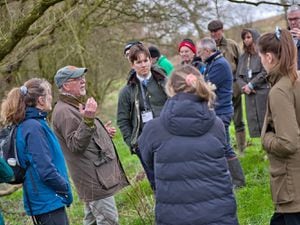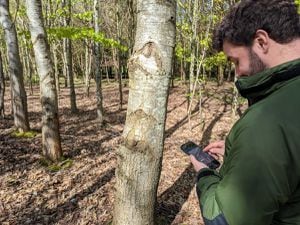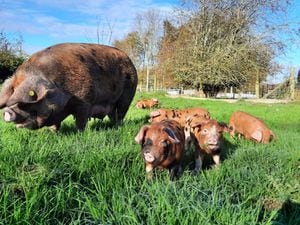Making the most of muck to boost growth
Many maize growers undervalue farmyard manure and see it as a bulky and heavy waste product.

However, when managed and applied correctly it can be one of the best forms of fertiliser.
What’s more, these types of fertiliser are generally free, making them very cost effective. And when you start to look at the nutritional value per tonne, you suddenly see it in a different way.
For example, taking into account current fertiliser prices and assuming 25 per cent dry matter (DM), cattle farmyard manure (FYM) can provide 6 kg/t of N, 3 kg/t P and 8 kg/t of K, coming in at a value of over £10/t, of which half will be available to the next crop.
This means that at a typical application rate of 25 t/ha, cattle FYM can provide up to £125 worth of available nutrients that don’t need to be paid for.
These amounts can vary depending on how well rotted the FYM is and how much DM it contains. It’s therefore really important to get your inputs analysed to ensure you are not putting too much on and affecting the natural soil balance.
FYM not only provides N, P and K but is also high in organic matter, meaning that it helps to improve soil structure, and provides a food source for the soil biology.
However, to unlock its full potential I’d recommend including a carbon source, such as molasses, pre and at planting. This really helps stimulate the soil biology by providing an energy source which aids the breakdown of the organic matter in FYM into a more readily available format for the plant in a shorter time period.
This has been shown in a recent maize trial where liquid carbon based fertiliser (L-CBF), BOOST, was used 20 l/ha pre and post emergence. The trial demonstrated up to 11 per cent increase in yield and a significant increase in starch with quicker emergence and larger root mass, compared to a control group which had no L-CBF BOOST.
This is mainly due to better availability of nutrients which meant that crops were able to get up and away from pests and diseases and build better root structures.
George Hepburn is biological soils expert at QLF Agronomy, a division of Quality Liquid Feeds, which is based in Much Wenlock.





